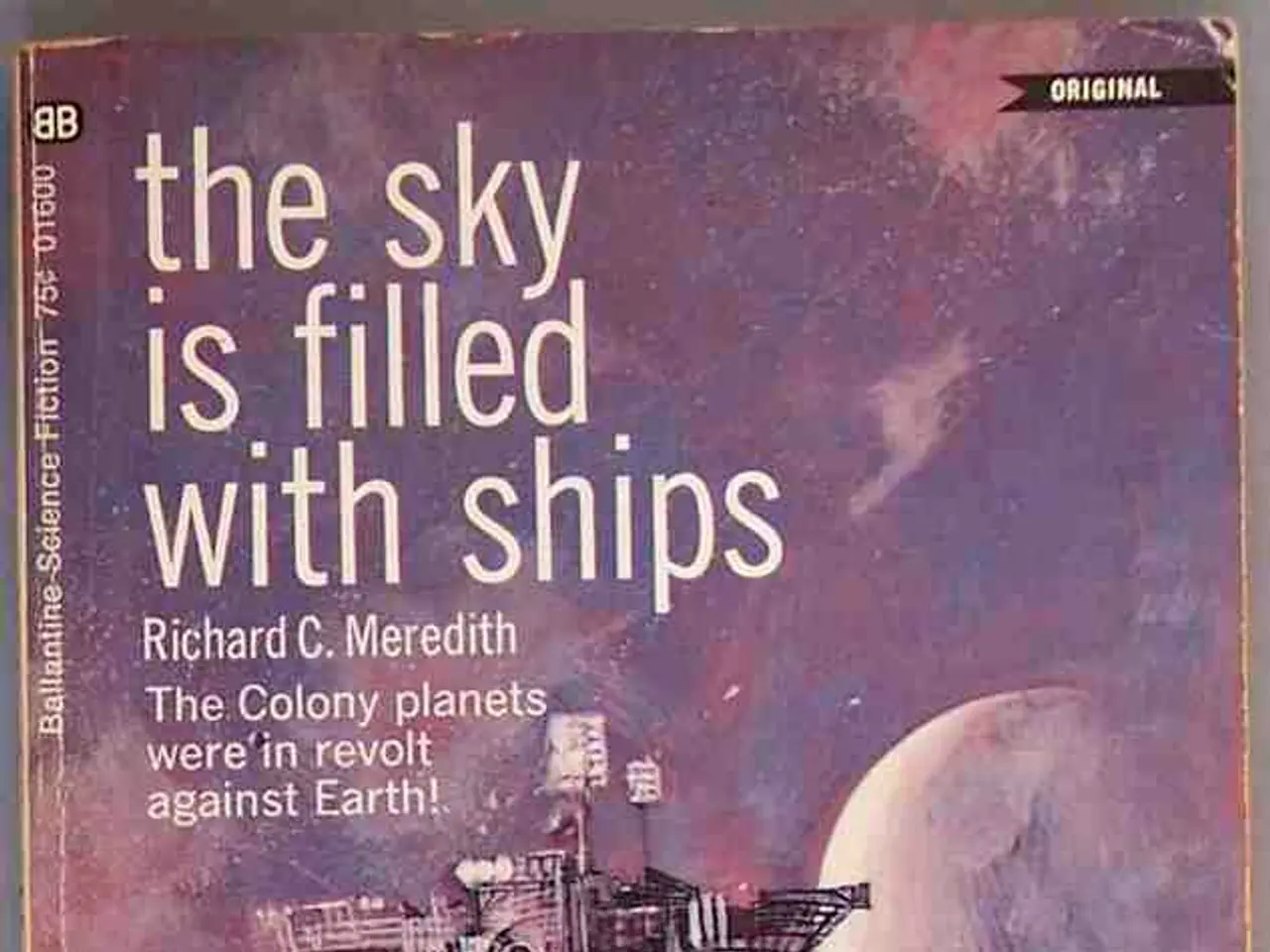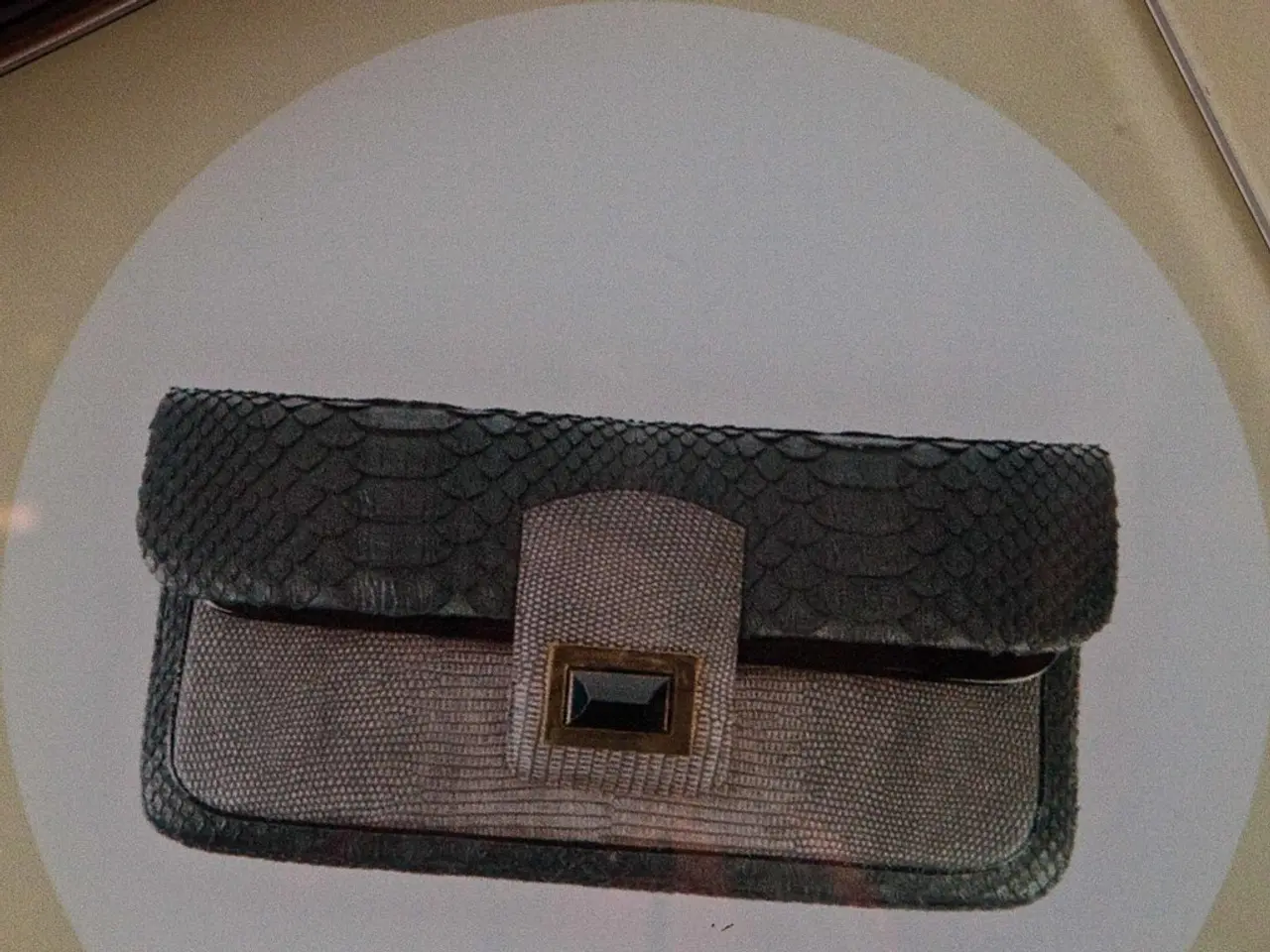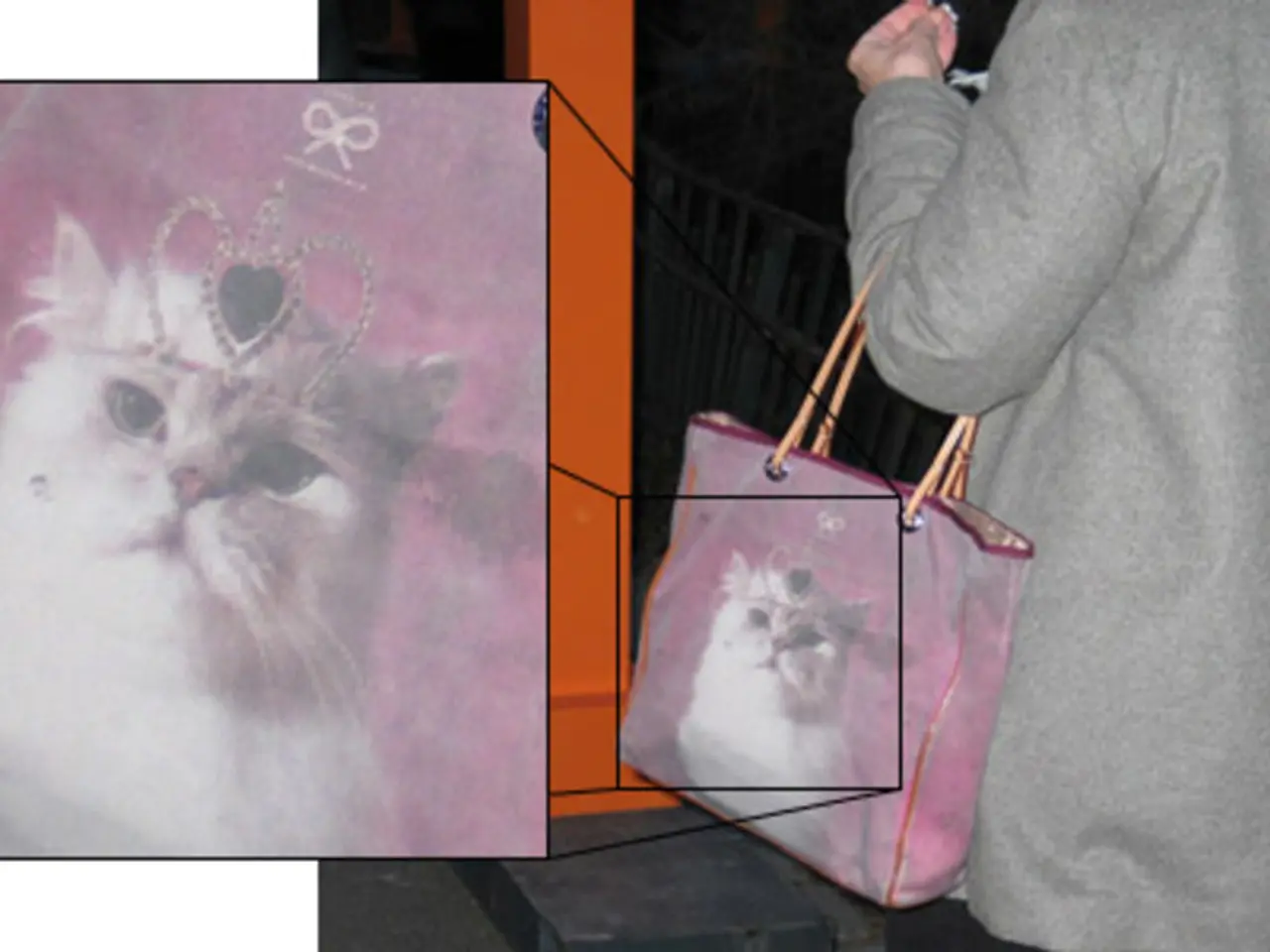Challenging Existing Cosmological Theories: The James Webb Space Telescope (JWST) has surfaced findings that defy our current understandings of the Universe, revealing anomalies that were previously thought impossible.
Article: Resolving the Hubble Tension with the James Webb Space Telescope
The James Webb Space Telescope (JWST), launched on Christmas Day 2021, and upcoming space missions like ESA's Euclid and NASA's Nancy Grace Roman Telescope, are set to shed light on one of the most intriguing mysteries in modern cosmology – the Hubble tension.
The Hubble tension refers to a discrepancy between the rate of expansion of the distant early Universe and the nearby more recent Universe. The leading theory to explain this conundrum suggests that Earth may be located within a large, underdense cosmic void, a vast region with significantly lower matter density than average. This void, it is proposed, causes local galaxies to appear to recede faster due to less gravitational pull slowing their expansion.
The JWST, with its unprecedented sensitivity and resolution, is expected to play a crucial role in resolving the Hubble tension. Its advanced observational capabilities will help measure distances and redshifts for galaxies in the early universe more accurately, improving the calibration of distance ladders and local expansion measurements.
Moreover, the JWST will help identify and characterize galaxy distributions and large-scale structures around us and at large distances, testing whether a local void exists and how it impacts expansion measurements. By observing standard candles (like supernovae) and standard rulers (like baryon acoustic oscillations) across a wide range of redshifts, the JWST will refine the measurements of the expansion rate at different cosmic times, enabling discrimination between local void effects and new physics in dark energy or cosmology.
The JWST's observations have already presented astronomers with new puzzles and questions. For instance, its deep-field observations reveal stars and galaxies that are larger and brighter than expected, a finding that echoes the CEERS survey results. The discovery of an anomalous dwarf galaxy 98 million lightyears away by the PEARLS survey further challenges our understanding of how galaxies work.
Meanwhile, the Hubble Space Telescope's observations of Cepheids have been cross-checked by the JWST and the SH0ES team led by Adam Riess at Johns Hopkins University. The JWST's confirmation of the accuracy of Cepheid variable measurements across the distance range of Hubble's observations rules out a systematic measurement error.
On the other hand, ESA's Euclid, launched in July 2023, is exploring the composition and evolution of the 'dark Universe' on a cosmological scale. Its widefield surveys will help resolve the Hubble tension and find an answer to the ongoing mystery. Similarly, NASA's Nancy Grace Roman Telescope, due to launch before the end of the decade, will study the distribution of galaxies and dark matter throughout the history of the Universe, with a field of view 100x wider than Hubble.
In conclusion, the main theoretical explanation for the Hubble tension is the presence of a cosmic void around Earth causing local accelerated expansion. The JWST's advanced observational capabilities are expected to be instrumental in testing and potentially resolving this cosmological puzzle, while upcoming missions like Euclid and Nancy Grace Roman Telescope will further our understanding of the Universe's expansion and the dark matter distribution.
- The James Webb Space Telescope (JWST), along with upcoming missions like ESA's Euclid and NASA's Nancy Grace Roman Telescope, are aimed at tackling one of the most intriguing mysteries in modern cosmology – the Hubble tension.
- The JWST, with its remarkable sensitivity and resolution, is anticipated to accurately measure distances and redshifts for galaxies in the early universe, thus enhancing the calibration of distance ladders and local expansion measurements.
- The JWST's advanced observational capabilities will also help identify and characterize galaxy distributions and large-scale structures, allowing for the testing of a local void's existence and impact on expansion measurements.
- By observing standard candles like supernovae and standard rulers like baryon acoustic oscillations across a wide range of redshifts, the JWST aims to refine measurements of the expansion rate at different cosmic times, enabling discrimination between local void effects and new physics in dark energy or cosmology.
- The Hubble Space Telescope's observations of Cepheids have been verified by the JWST and the SH0ES team led by Adam Riess at Johns Hopkins University, ruling out a systematic measurement error as a cause for the Hubble tension.
- Upcoming missions like ESA's Euclid and NASA's Nancy Grace Roman Telescope will further our understanding of the Universe's expansion and the dark matter distribution, potentially providing an answer to the ongoing mystery of the Hubble tension.




